
Earlier this spring, I had the pleasure of visiting Conrad Dickinson’s nature reserves near Haltwhistle, along with my fellow naturalists from NHSN. Nestled near the rugged beauty of Hadrian’s Wall, Conrad’s land is a mosaic of wild habitats teeming with biodiversity — and we were lucky enough to experience a slice of it under his warm guidance.
A Show-and-Tell Welcome
As we arrived, Conrad greeted us with an impromptu nature-themed “show and tell” from the back of his car — a treasure trove of fascinating finds. Among them were a shed skin of an adder, the elegant wing of a barn owl, and a woodcock’s feathered remains. These tangible traces of elusive creatures set the tone for a day rooted in curiosity and discovery.
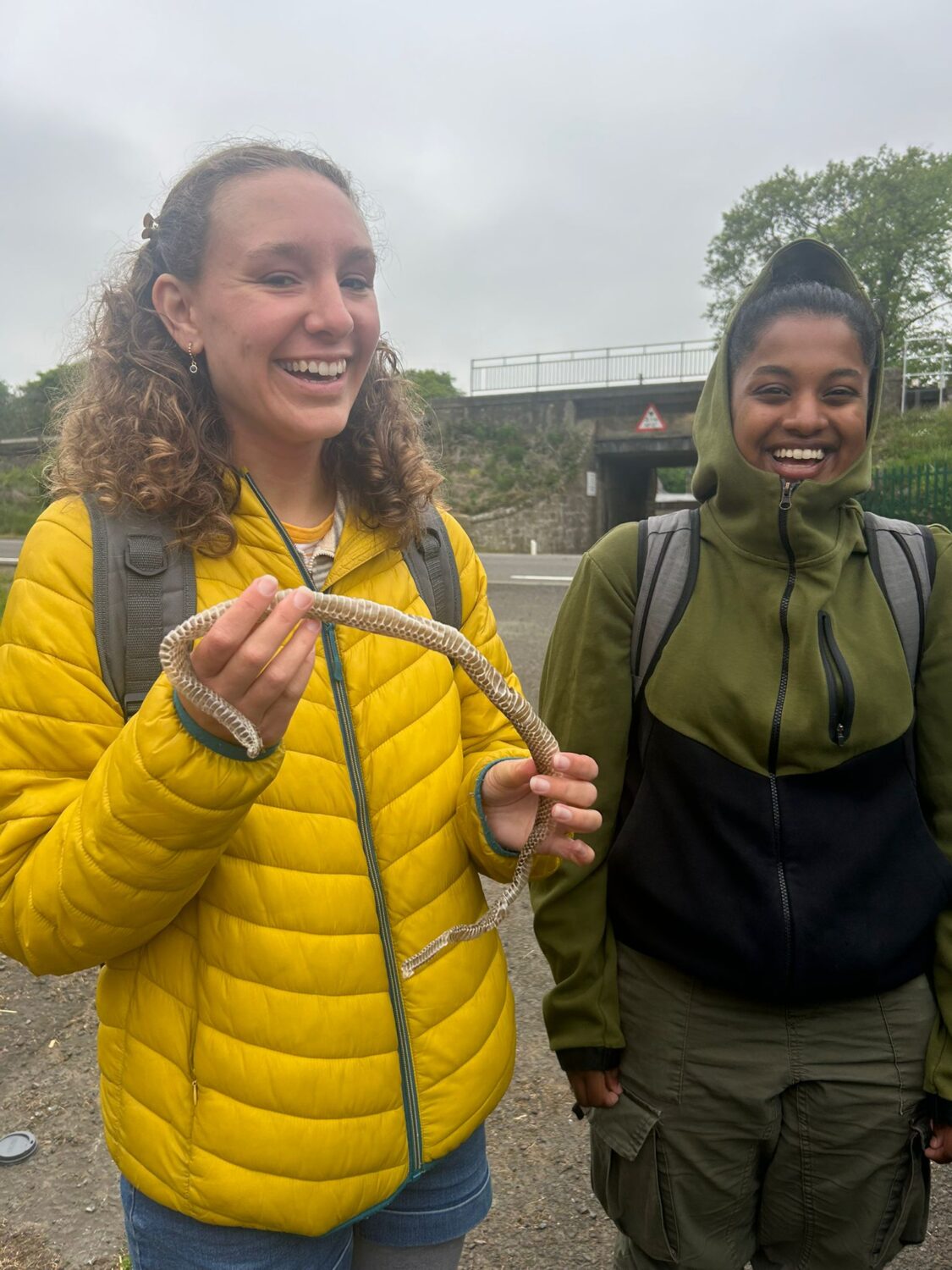
Dissecting Owl Pellets by the River
Our first stop was the banks of the Tipalt Burn — a tributary of the South Tyne — where we rolled up our sleeves for an unusual (to members of the public but usual to us at NHSN!) but thrilling activity: owl pellet dissection. Using river water to soften the pellets, we explored the diets of barn owls and kestrels. Among the remains, we uncovered tiny shrew and vole skulls, learning that shrews have distinct red-tipped teeth. The kestrel pellets, smaller and paler in comparison, were densely packed with well-preserved skeletal remains — a fascinating glimpse into their prey preferences.
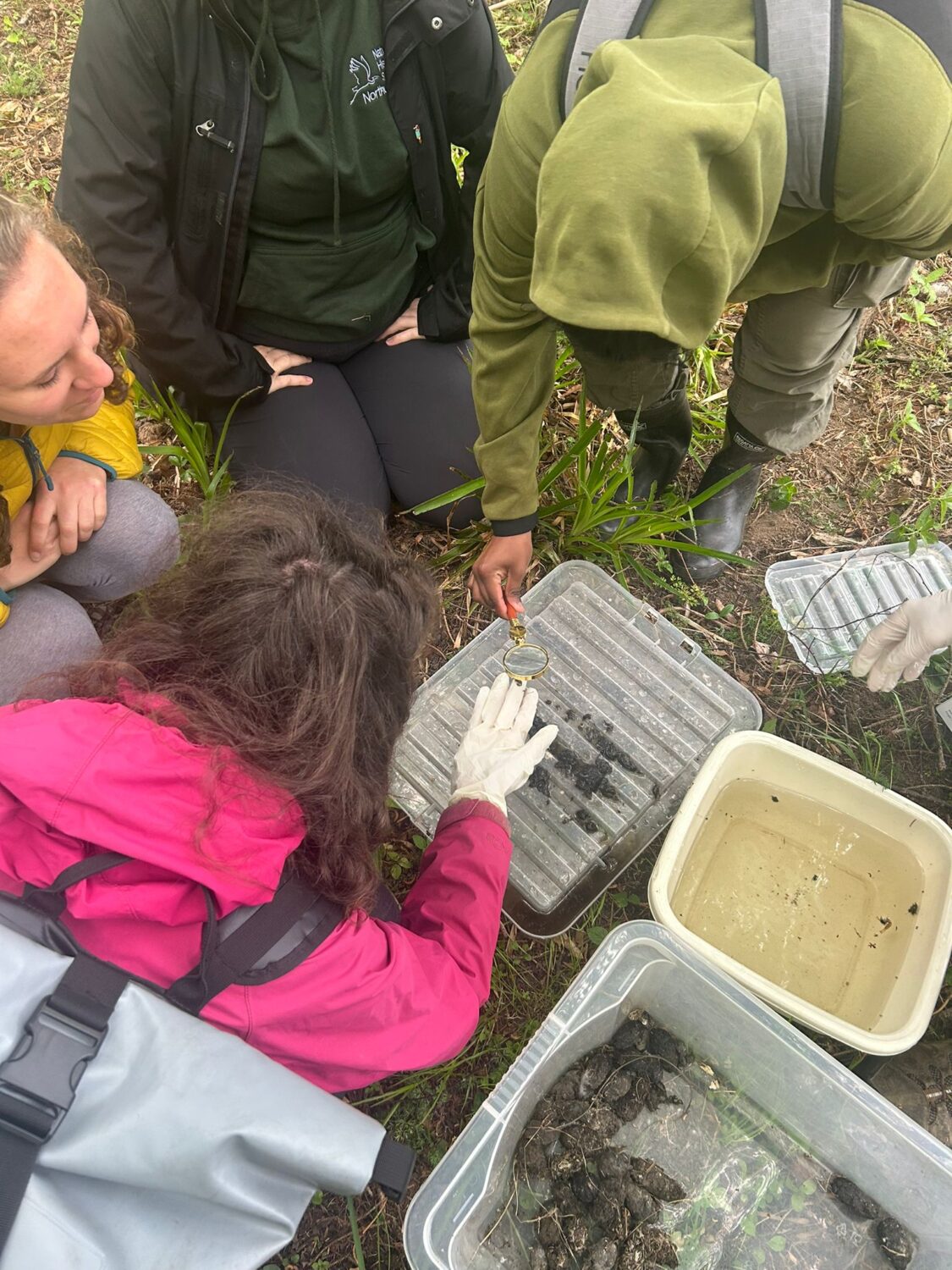
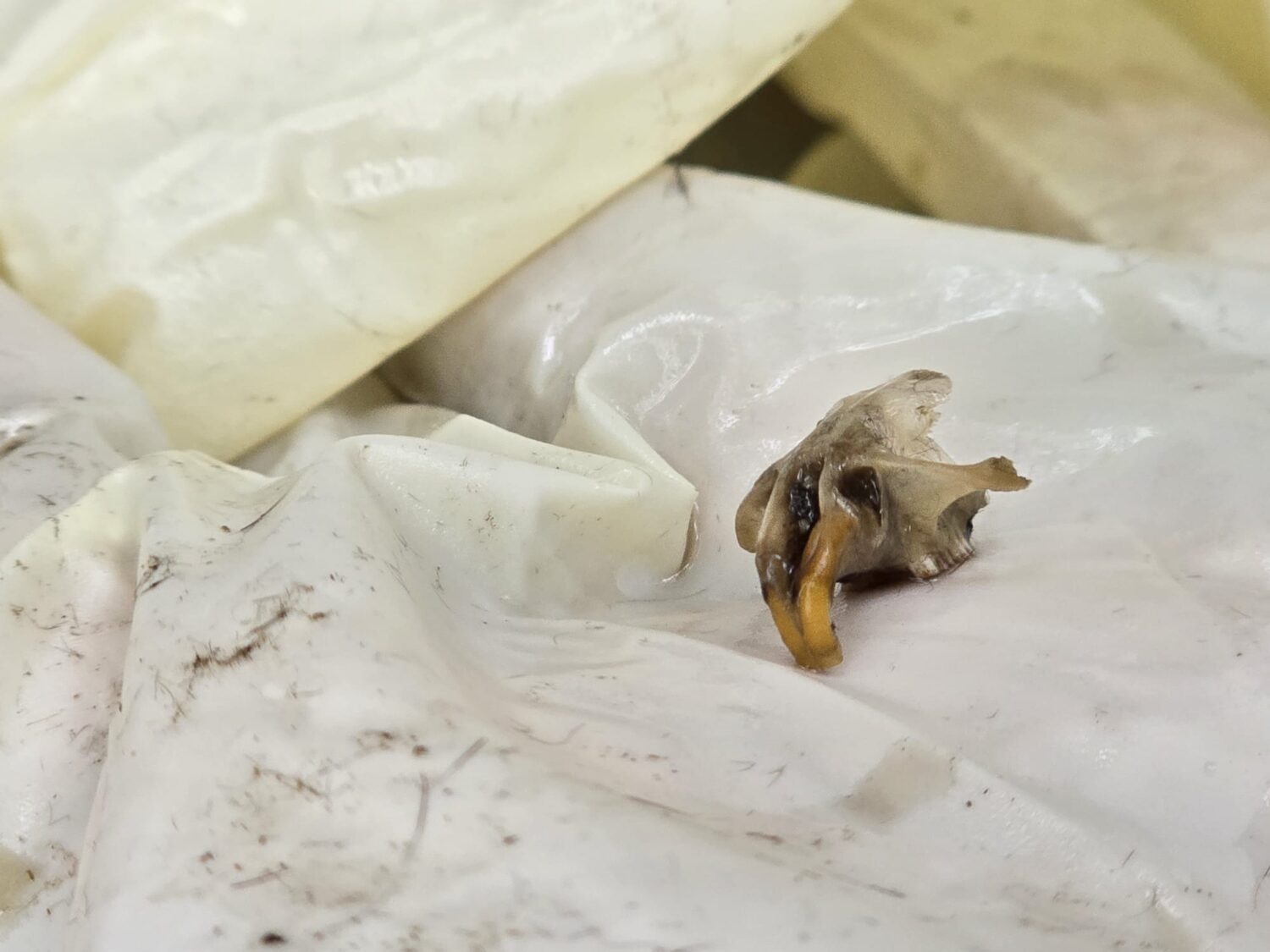
A Wildlife-Rich River Walk
After returning our tools to the car, we continued our walk along the riverbank, immersed in birdsong and spring blooms. We spotted wrens, moorhens, and red campion alongside stitchwort and crosswort in flower. Canada geese passed overhead in noisy flocks, and a green-veined white butterfly flitted gently past and landed on a blade of grass just to elegantly pose for our attempts to capture its glamour.
As we ventured past the main trail into a meadow, we paused by the river to listen to a willow warbler’s melodic song, trying — and failing — to catch a glimpse of its performer among the branches. Swallows with their forked tails danced above us, a sign of the season in full swing. Then, to our excitement, we noticed a clearly dredged path by the water’s edge — the telltale track of an otter making its way across the bank.
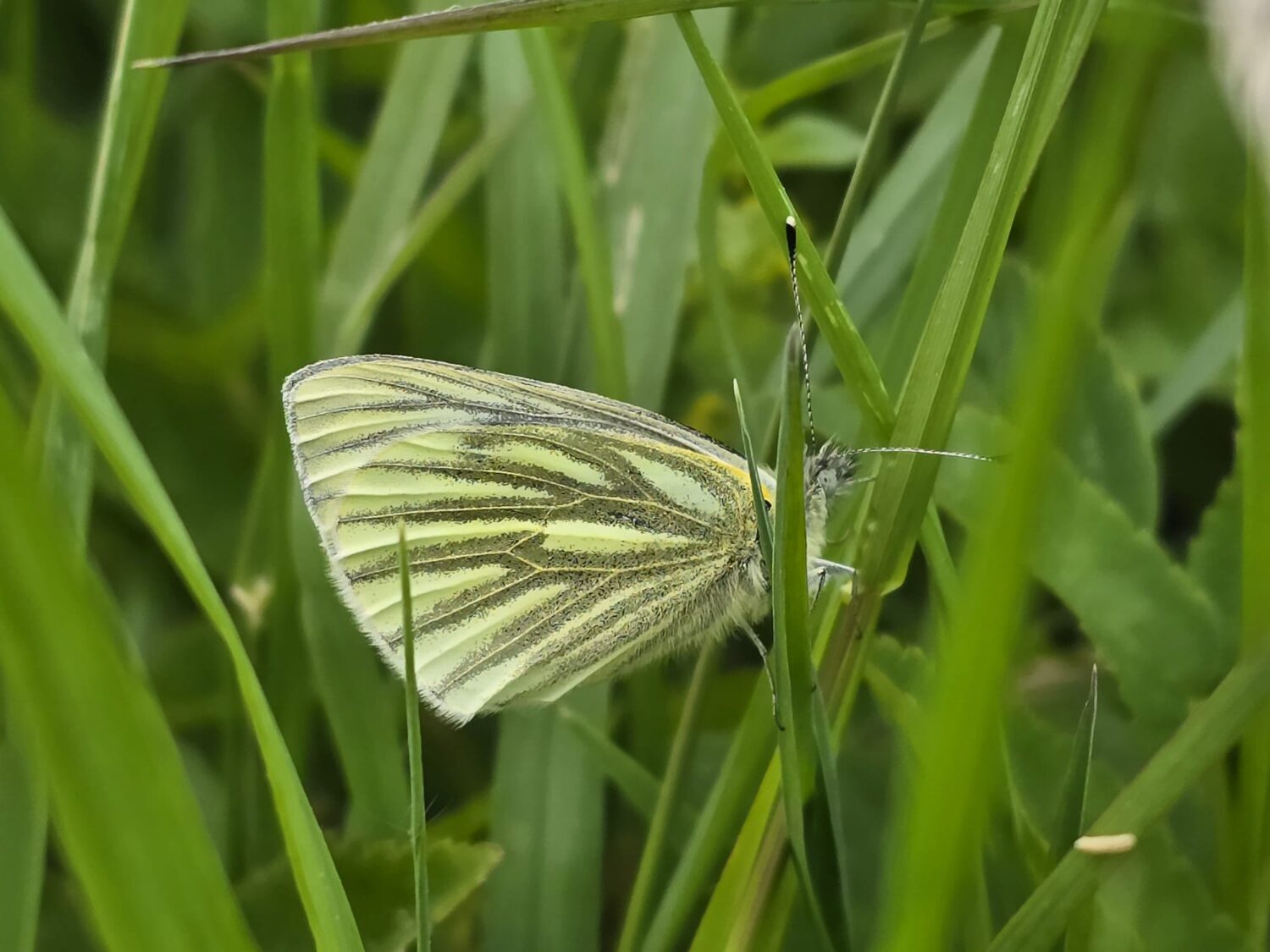
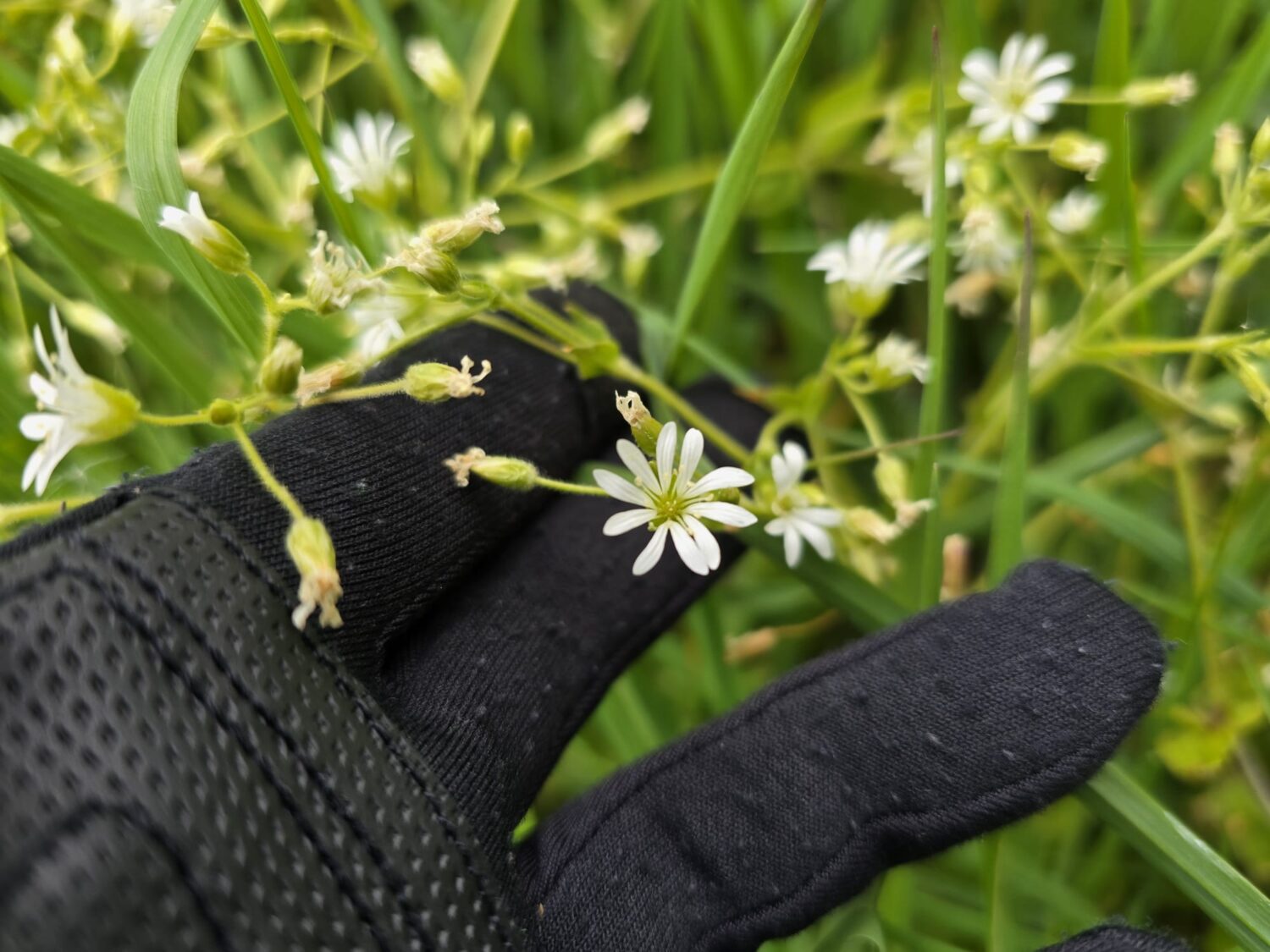

Trees, Moths, and Nesting Birds
Following a coffee break at a local café accompanied by sand martins and swallows, we visited another of Conrad’s rewilded plots, this one planted with over 4,000 young tree saplings. While exploring, one of our group noticed a webbed mass around a tree, alive with tiny, pale caterpillars. We identified them as the larvae of the bird cherry ermine moth — unassuming little worms destined to become striking, silvery-white moths.
Our final stop took us to another stretch of the reserve, home to a network of over 30 bird boxes. Among them, we observed active nests of blue tits! The most thrilling sight was a kestrel nest, sheltered safely in a box. As we wandered along a nearby stream, butterflies danced unusually close, a testament to the tranquillity and safety of this thriving habitat. We even stumbled upon the skeletal remains of a deer, its skull remarkably intact — a quiet reminder of nature’s full cycle.
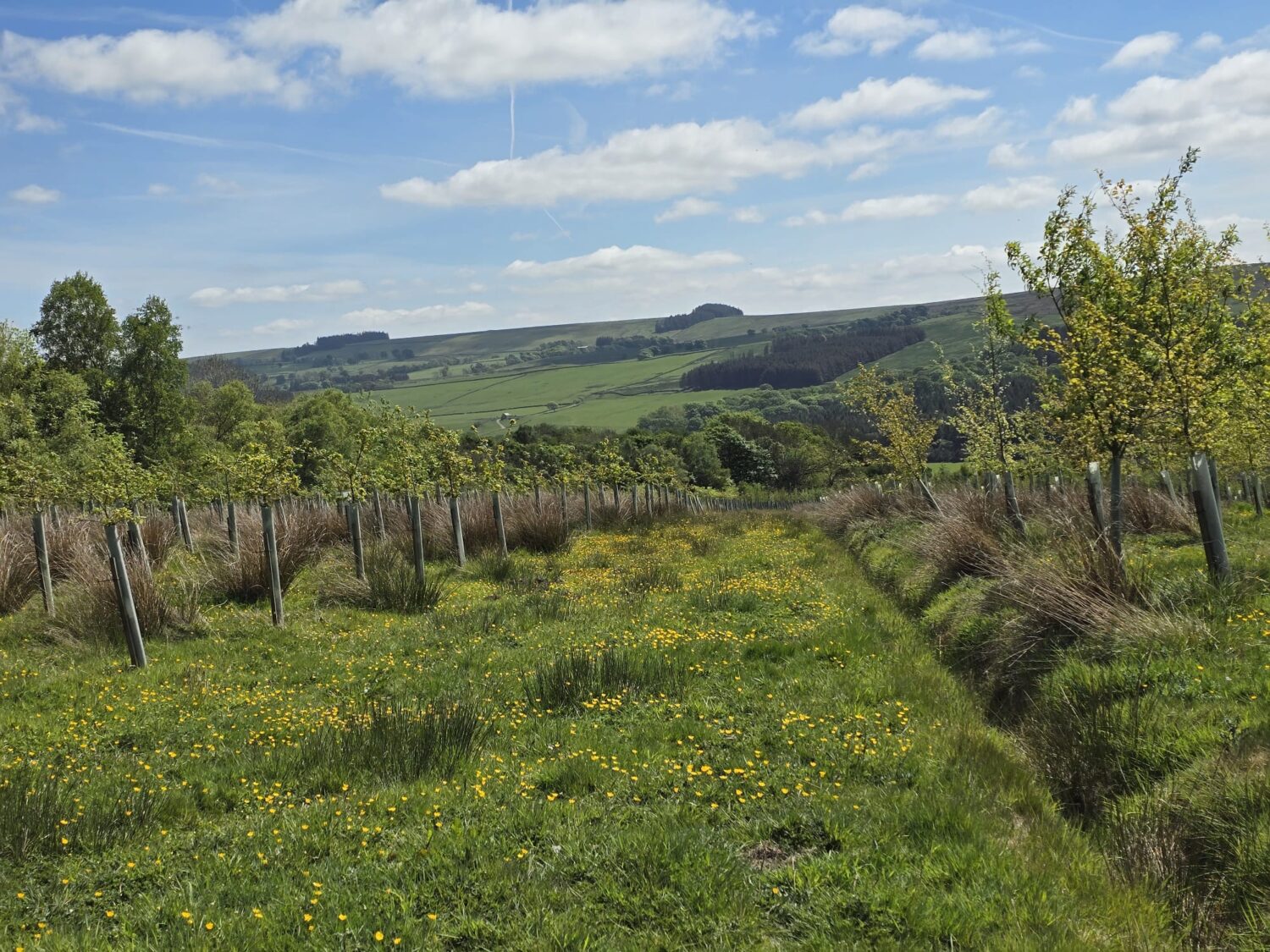
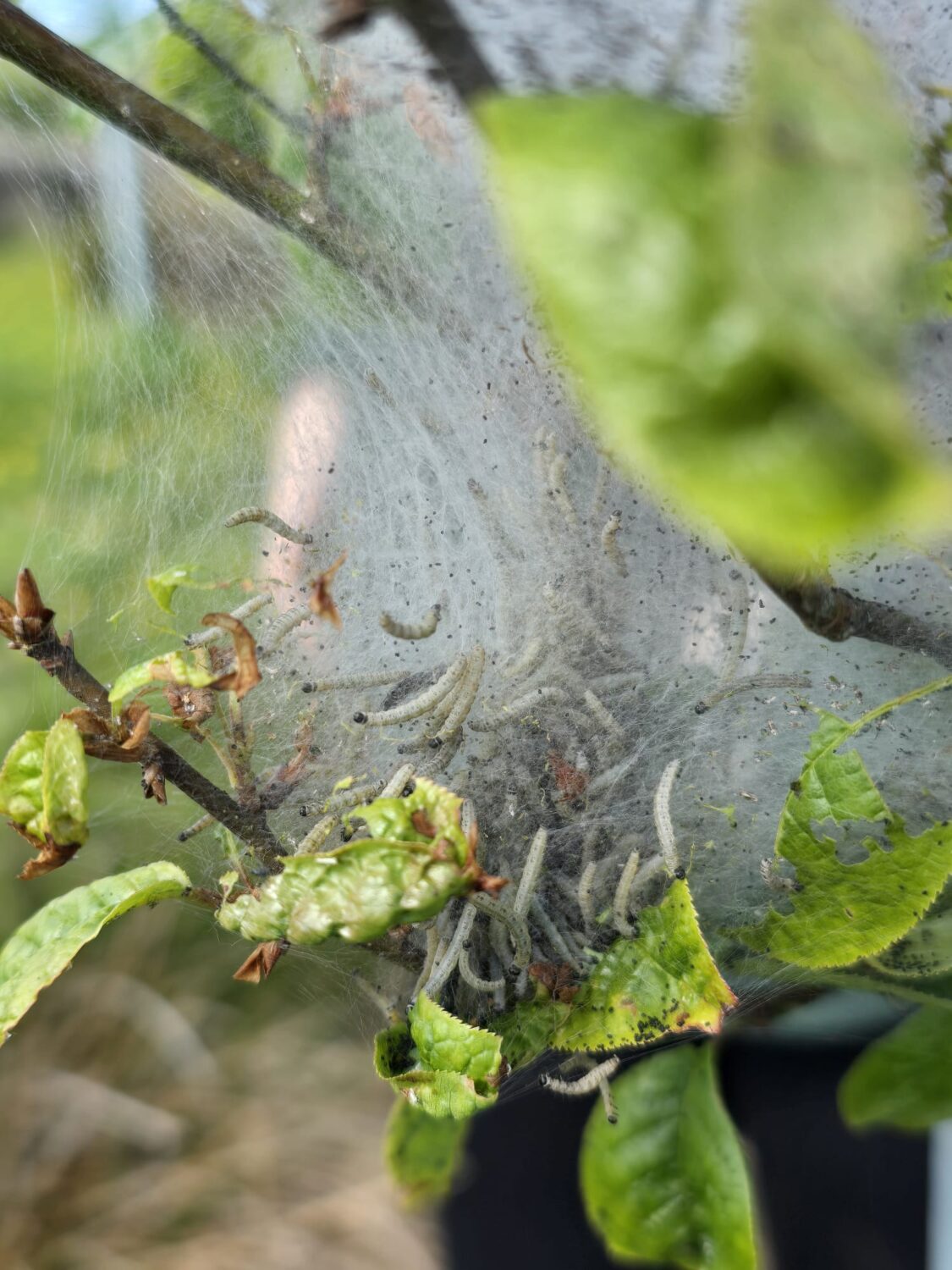
A Day to Remember
The day ended under warm sunshine, with our minds buzzing with the richness of life we’d encountered. Conrad’s nature reserves are a testament to what patient, thoughtful stewardship of land can do. It was a privilege to explore these spaces and share the experience with colleagues who, like me, find joy in every chirp, flutter, and footprint.